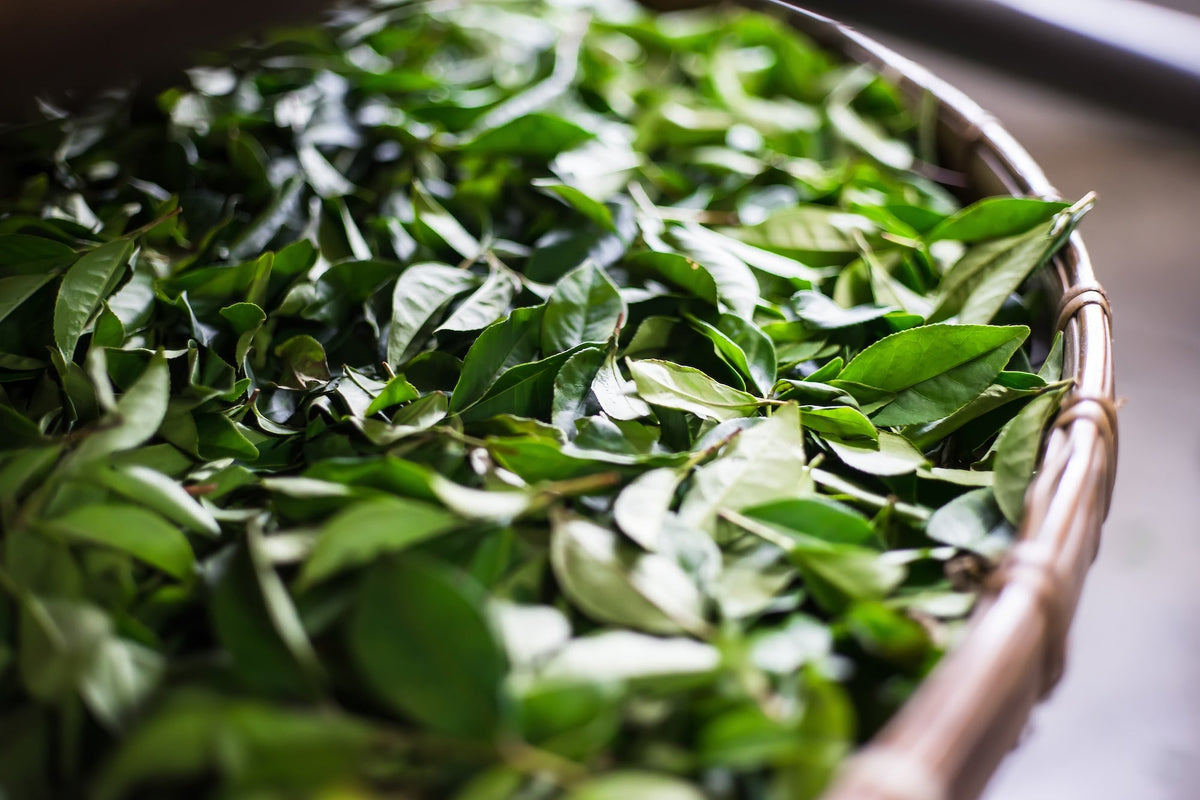
Oolong Tea vs. Green Tea: Caffeine, Weight Loss & Health Benefits
|
|
Time to read 5 min
|
|
Time to read 5 min
Oolong tea and green tea are two of the most popular teas worldwide, both known for their health benefits, weight loss properties, and caffeine content. However, many people wonder: Which is better—oolong tea or green tea? And more importantly, how much caffeine in oolong compared to green tea?
In this guide, we’ll explore the differences between oolong and green tea, their caffeine content, and their effects on weight loss and overall health. If you’re debating between oolong tea vs. green tea, this article will help you make an informed choice.
Before diving into the oolong vs. green tea caffeine debate, it’s important to understand their key differences.
One of the most common questions is, “Does oolong or green tea have more caffeine?” The answer depends on the type of tea, the brewing method, and the maturity of the tea leaves used.
👉 Oolong tea generally has slightly more caffeine than green tea, but the exact oolong caffeine content varies based on the tea’s oxidation level. Darker oolongs (closer to black tea) tend to have more caffeine, while lighter oolongs (closer to green tea) have less.
If you’re wondering, "How much caffeine in oolong compared to black tea?" black tea has 40-90 mg of caffeine per cup, meaning oolong is stronger than green tea but weaker than black tea in caffeine content.
The amount of caffeine in oolong tea depends on:
If you want less caffeine, steep your tea for a shorter time and use cooler water (175°F for green tea, 185°F for oolong tea).
Both oolong and green tea are excellent choices for weight loss, but they work in different ways.
Studies suggest that oolong tea may have a slight advantage over green tea for weight loss because it increases energy expenditure and fat burning for longer periods than green tea.
One study found that drinking oolong tea daily increased fat oxidation by 12% compared to green tea, which boosted metabolism but had a shorter-lasting effect.
Which should you choose?
"Oolong tea offers the perfect balance—more caffeine than green tea, less than black tea, and just the right amount to keep you energized without the crash."
If you’re looking for a tea to boost energy and focus, the oolong vs green tea caffeine debate is important.
✔ You need longer-lasting energy.
✔ You prefer a tea with moderate caffeine.
✔ You want a smooth, toasty flavor.
✔ You want a milder caffeine boost.
✔ You prefer a fresh, grassy flavor.
✔ You need a tea that promotes relaxation as well as energy.
Tip: Oolong tea can be re-steeped multiple times, with each infusion bringing out different flavor notes.
✔ More caffeine than green tea but less than black tea.
✔ A smooth, full-bodied flavor with floral or toasty notes.
✔ A tea that supports weight loss and fat oxidation.
✔ A lighter, more refreshing taste.
✔ A tea that provides calm energy and relaxation.
✔ A high-antioxidant drink for heart health and overall wellness.
If you're choosing based on caffeine in oolong tea vs green tea, oolong has slightly more caffeine and is better for sustained energy, while green tea is better for those who want a lighter, calming effect.
Both oolong and green tea have their unique benefits, and the best choice depends on your personal preference and health goals.
Whichever tea you choose, both oolong and green tea are great for your health, energy, and well-being —so why not enjoy both? 🍵✨
U.S. Department of Agriculture (USDA). Caffeine Content in Tea Varieties. USDA FoodData Central, 2023.
National Center for Biotechnology Information (NCBI). Effects of Green Tea and Oolong Tea on Weight Loss and Metabolism. National Institutes of Health, 2022.
Describe your products, collection etc...
What are you looking for?









